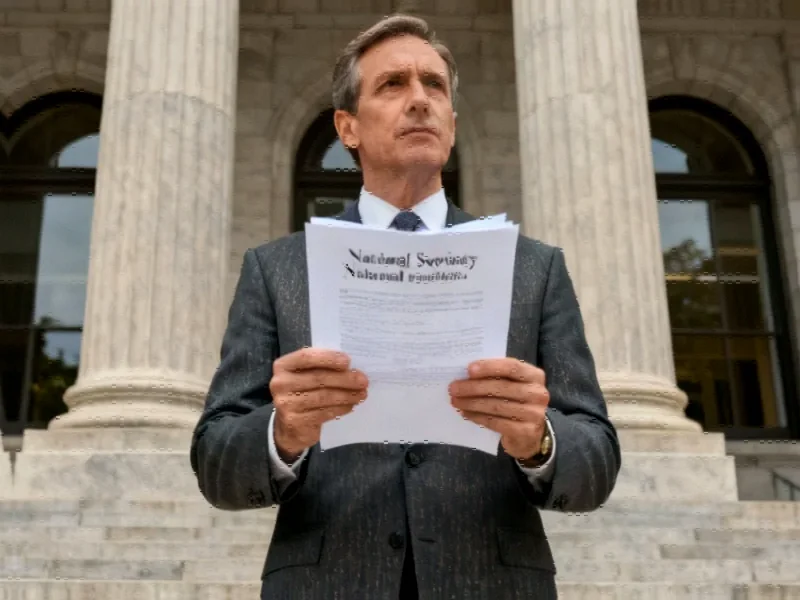Government Shutdown Enters Critical Phase
The ongoing federal shutdown has become the third-longest in U.S. history, creating widespread disruptions across air travel systems, national parks, and essential food assistance programs. As the impasse continues with no resolution in sight, hundreds of thousands of federal employees face unprecedented financial strain while critical services operate with limited capacity.
Air Travel System Shows Early Strain
Major airports including Chicago, Atlanta, Newark, and Dallas have experienced delays due to staffing shortages, though the broader national impact remains relatively contained for now. Aviation analytics company Cirium reported normal delay rates and low cancellation numbers as of mid-October, but industry experts warn the situation could deteriorate rapidly.
Air traffic controllers, who received partial pay earlier this month, face the prospect of a $0 paycheck on October 28 if the shutdown persists. The financial pressure is pushing some controllers to seek alternative income sources. “We’re all going to be faced with tough decisions,” said Pete LaFevre, a DC-based controller and union representative. “On my one day off, am I going to go and drive for Uber, Uber Eats, Instacart, so I can make my payments?”
The timing couldn’t be worse, with the holiday travel season approaching. Travel analyst Sally French noted that if the shutdown extends into late October or early November, the system could face significant challenges similar to the 2018-2019 shutdown when TSA agents coordinated “sickouts” about a month into the funding lapse.
National Parks Operate with Limited Services
While national parks remain technically accessible, visitors encounter reduced services and limited staffing. According to contingency plans, roads, trails, and open-air memorials remain open, but facilities that typically close during non-business hours are shuttered indefinitely. Parks that collect fees can use those funds for basic maintenance, but entrance fees are no longer being collected.
The situation reflects broader challenges affecting critical infrastructure nationwide, similar to issues highlighted in recent technology infrastructure disruptions that exposed vulnerabilities in essential systems.
Federal Workers Face Financial Crisis
Hundreds of thousands of federal employees have been furloughed or are working without pay, creating significant financial hardship for families across the country. Most employees received a final paycheck covering work completed just before the shutdown began, with no certainty about when they might receive their next payment.
The uncertainty extends to government contractors, including maintenance workers at federal buildings and national museums. Unlike previous shutdowns, the White House has suggested federal workers might not receive back pay, adding to the anxiety. Thousands have received termination notices, though a judge has temporarily blocked further layoffs.
Food Assistance Programs at Risk
The Supplemental Nutrition Assistance Program (SNAP), which serves approximately 42 million Americans, faces potential benefit reductions in November if the shutdown continues. While October benefits were fully funded, program administrators are preparing contingency plans for November distributions.
This situation demonstrates how market trends in government funding directly impact essential services, much like the strategic planning required for future manufacturing investments that must account for various economic scenarios.
Broader Economic Implications
The shutdown’s effects extend beyond immediate government services, potentially impacting economic growth and international partnerships. The uncertainty comes at a time when the United States is pursuing significant international agreements on critical minerals and other strategic resources that require stable government operations.
As the shutdown stretches into its third week, the situation continues to evolve. According to the latest coverage of federal operations, the deadlock shows no signs of immediate resolution, leaving federal workers and the public facing continued uncertainty.
The current impasse highlights how industry developments in government contracting and federal operations can have far-reaching consequences, affecting everything from transportation safety to food security for millions of Americans. As Congress remains deadlocked, the ripple effects continue to spread through every sector of the economy.
This article aggregates information from publicly available sources. All trademarks and copyrights belong to their respective owners.
Note: Featured image is for illustrative purposes only and does not represent any specific product, service, or entity mentioned in this article.



